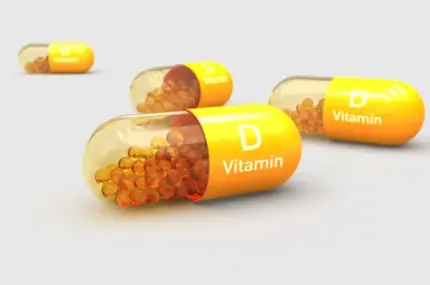 Welcome
Welcome
“May all be happy, may all be healed, may all be at peace and may no one ever suffer."
Surface anesthesia - Generics
Surface anesthesia is a type of anesthesia that is used to numb a specific area of the body, typically the skin or mucous membranes, without affecting deeper tissues or organs. Surface anesthesia can be administered in several ways, including topical application, local injection, or spray.
Topical anesthesia involves applying a cream or gel containing a numbing medication, such as lidocaine or benzocaine, to the skin or mucous membranes. The medication is absorbed into the tissue and numbs the area, typically within 15-30 minutes after application. Topical anesthesia is commonly used for minor procedures, such as skin biopsies or small lacerations.
Local anesthesia involves injecting a numbing medication directly into the tissue near the site of the procedure. The medication blocks nerve impulses in the area, numbing the tissue and preventing pain. Local anesthesia is commonly used for more invasive procedures, such as dental work or minor surgery.
Spray anesthesia involves spraying a fine mist of numbing medication directly onto the tissue. The medication is absorbed into the tissue and numbs the area, typically within a few minutes. Spray anesthesia is commonly used for procedures involving the throat or airway, such as endoscopy or intubation.
While surface anesthesia is generally considered safe, there is a risk of side effects such as allergic reactions, skin irritation, or systemic absorption of the medication. It is important to follow proper dosing guidelines and to monitor patients for any signs of adverse reactions.

Beriberi and Wernicks enc...

Pain or irritation of the...

Thiamine and riboflavin d...

Heparin overdosage

Rheumatic fever

Regional anaesthesia

Peritonitis

Hair loss
Surface anesthesia, সারফেস অ্যানাস্থেসিয়া
To be happy, beautiful, healthy, wealthy, hale and long-lived stay with DM3S.